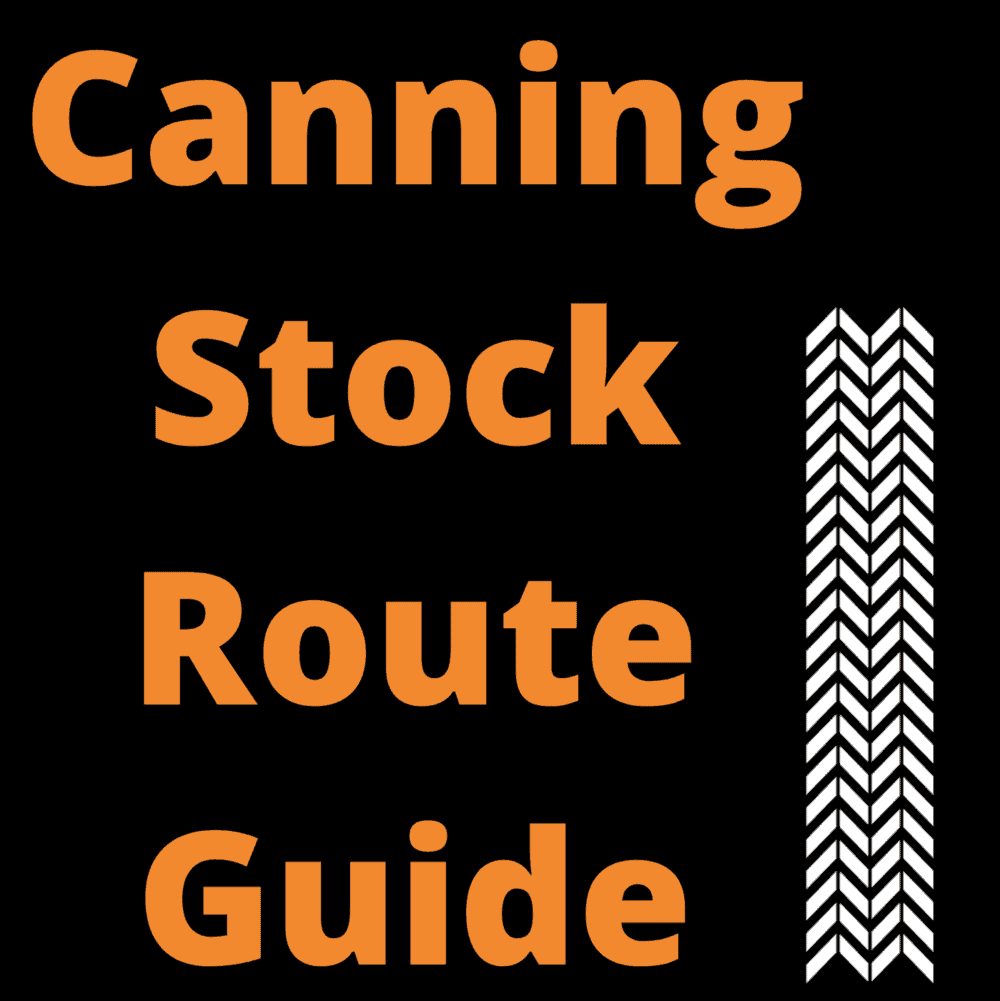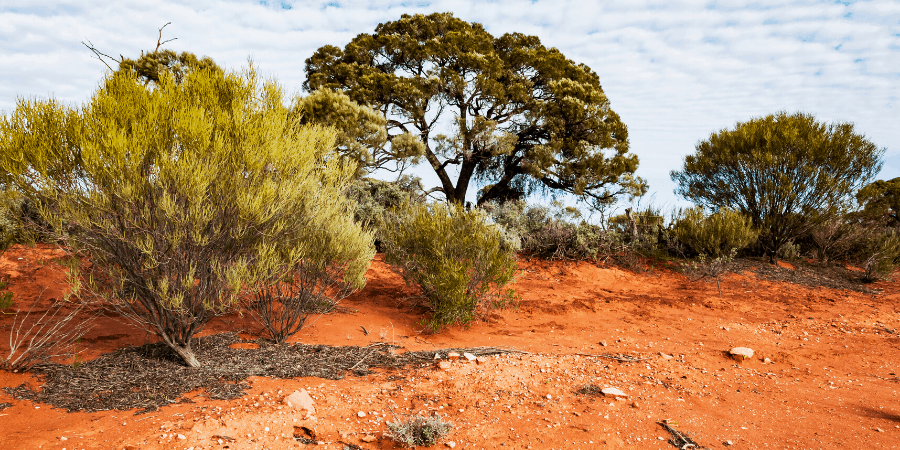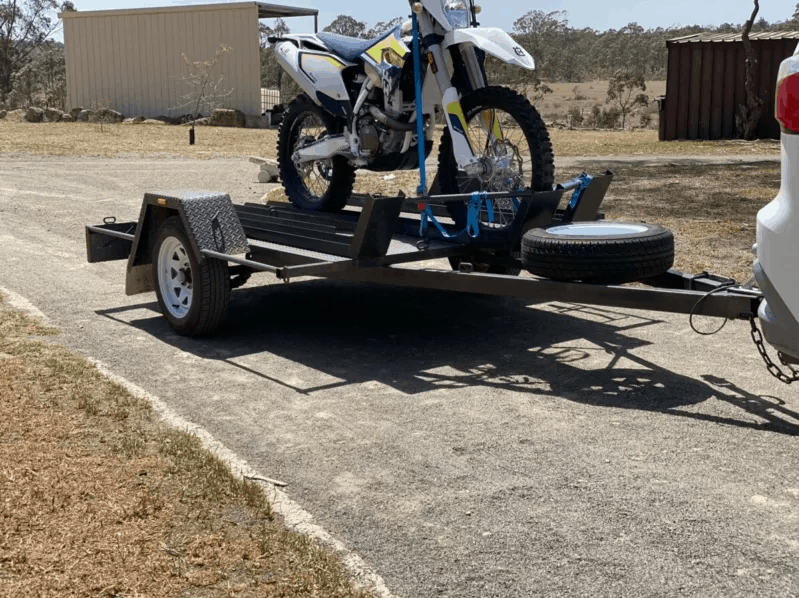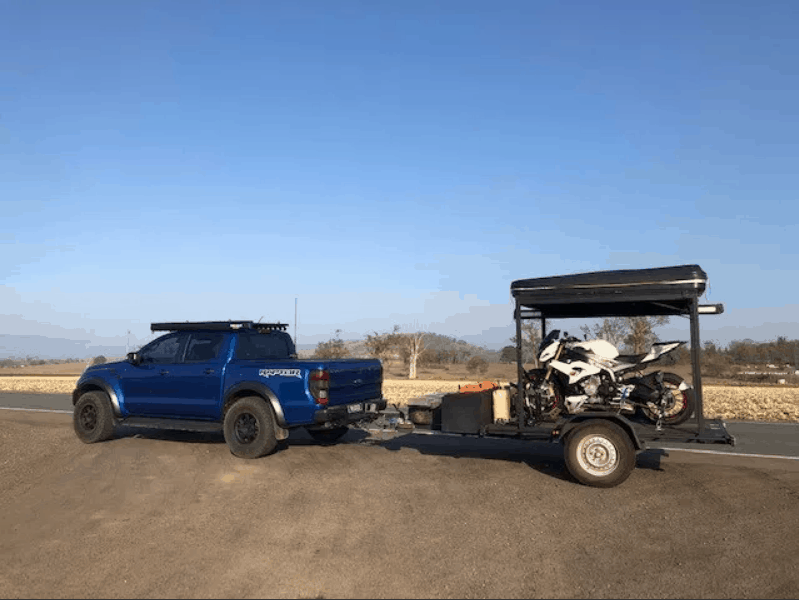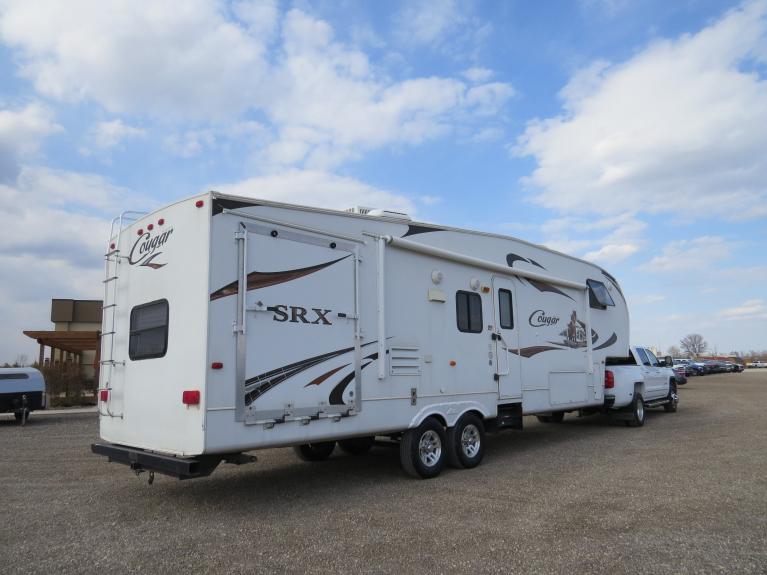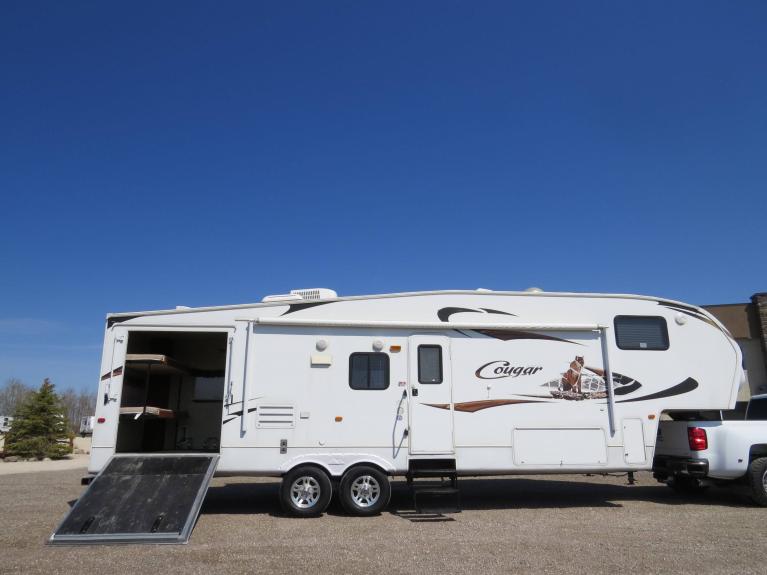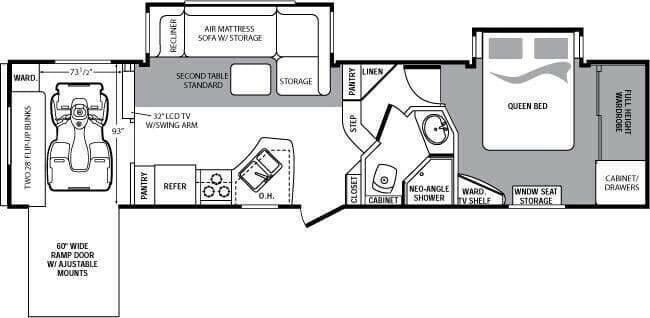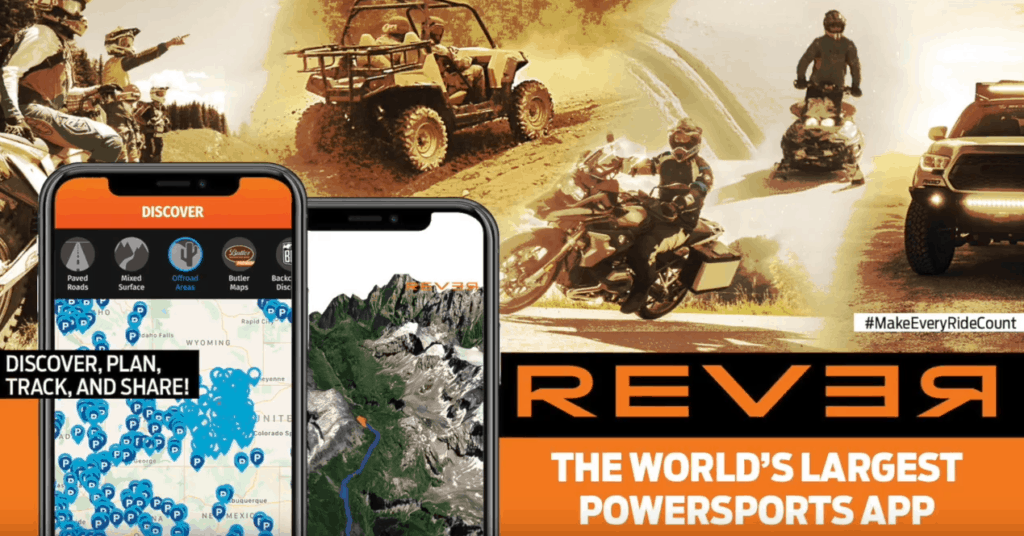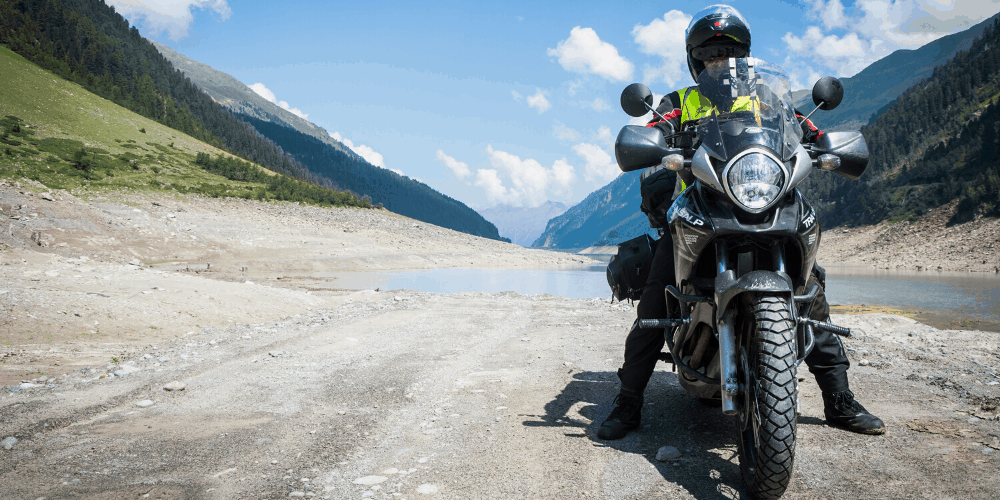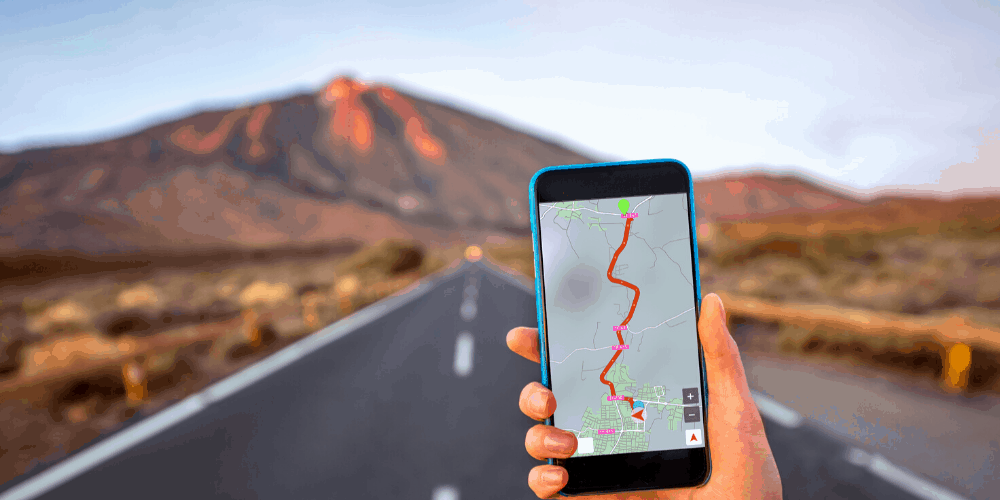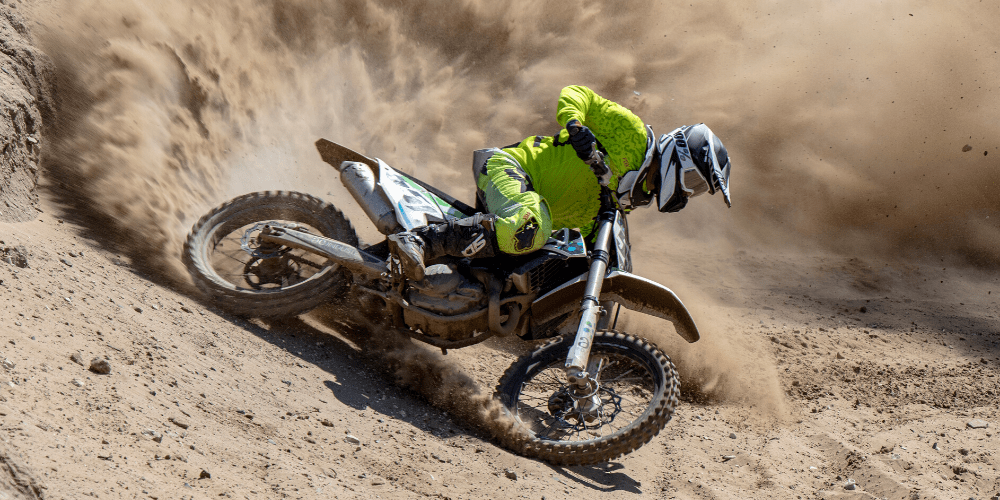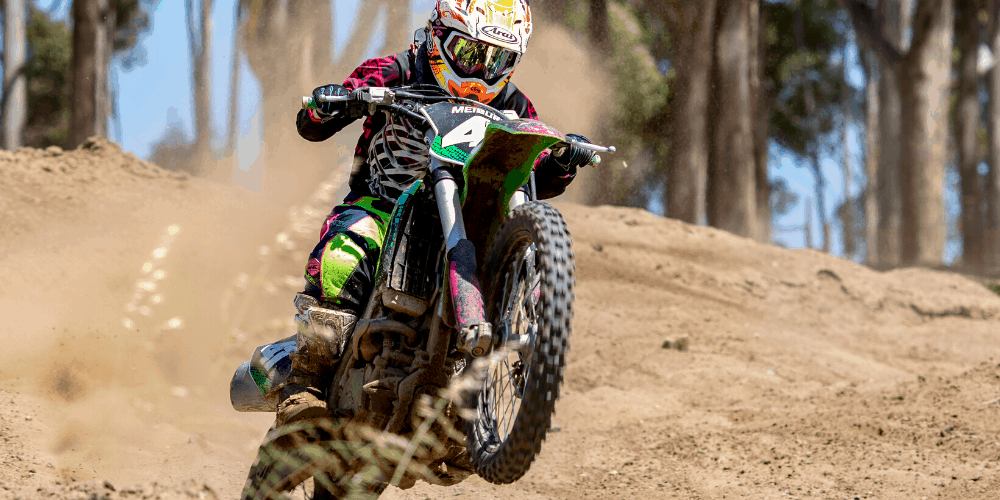Adventure Motorcycle GPS Units are as essential today as your brake levers. Don’t leave home without one! We’ll show you the best GPS units for ADV riders.
[elementor-template id=”5313″]
Really, these are a total asset whether you’re traveling the world, doing a weekend adventure or simply a day ride. The last thing you’ll want to be is totally lost on an ADV ride in a remote wilderness area. That’ll be a sure-fire way to spoil an otherwise good day.

We’re going to cover both the best models available in 2022 but also what unique features you should be looking for if you’re an adventure rider.
Let’s begin.
Best Adventure Motorcycle GPS
If you’re looking for an adventure-spec type of GPS for your offroad motorcycle, then this list is for you. We’ve taken our time to research the best models in the marketplace right now that’ll handle the rough conditions for years to come.
As an adventure riding brand, we’d only bring you recommendations that you can genuinely trust.
1. Garmin Zumo 595LM Motorcycle GPS
We really love the Zumo 595LM. It’s got some serious features and is the most luxury adventure GPS in the market. A lot of riders on ADVRider swear by this one as do those on Facebook groups.

The features are incredible:
- A massive screen at 12.5cm corner to corner. Perfect for reading while travelling at 70 miles per hour.
- You can use the Garmin App to pair with your phone. Essentially the same data from your phone can be seen on the screen.
- Adventure motorcyclists can plan their route on this GPS in multiple languages.
- World maps. There are maps from most countries in the world. Perfect for global ADV riders!
2. Garmin GPSMAP 64st Handheld GPS
For something a bit more smaller and affordable, the GPSMAP 64st is a solid way to go. Not only can you use it on a motorcycle adventure, but throw it in your day pack for a trek up the mountain. It comes pre-loaded with TOPO maps which is helpful and that warranty may come in handy too on the rougher roads we typically ride down.

Some solid features here:
- You can share your routes, tracks and waypoints with other riders wirelessly
- You’ll be able to see the heading and precise altitude. This is perfect in the Himalayan mountains
- It has smart notifications so you can get both emails and texts on this device.
3. TomTom Rider 550 Motorcycle GPS Navigation Device
We really like the TomTom Rider 550 because it has most things you would expect from an adventure motorcycling GPS but without the cost. You can often get this device brand new from Amazon for less than $300.

The adv-spec features are impressive:
- Glove-friendly screen, with both heavy and light glove mode
- Winding and hill select modes: Either light, medium or high.
- Sync your road trips between other TomTom users globally
- Update the software with WIFI. No need to plug it into your PC.
4. Garmin Zumo 395LM All Terrain Waterproof Motorcycle GPS Navigation System
Wanting one of the cheapest adventure motorcycle GPS? Then, while not so reliable, we’ve found it for you. This Zumo 395LM is a GPS for motorcyclists in general. Unfortunately, it has mixed reviews and wouldn’t really be our 1st choice.

Some of their features:
- IPX7 water rating for water crossings
- Built-in micro SD card port
- 4.3 inch touch screen display
- Very basic in functions and maps
5. Garmin GPSMAP 276CX
On this list we’re showcasing many of the motorcycle GPS devices that are usable for adventure motorcycling. However, Garmin has really gone a step further here.
The GPSMAP 276CX is a mighty fine unit because they built this for dual-sport motorbike riders. Its battery, for example, will last for 16 hours plus you can then use some AA batteries too for an extra boost.

For true adventure riders, we really struggle to see screens. This is why you’ll want to buy an adventure motorcycling GPS with a big screen. The Garmin GPSMAP 276CX has the biggest screen in the market.
Because they know that these units need to be rugged for all conditions, it’s not only waterproof but also has durable glass. There is no touch screen which we here at Frontaer believe is a good thing. Your dirty gloves won’t put smudges on it as you’ll use the buttons on the right hand side.
The non-touch screen approach that Garmin has taken with this GPS is admirable. This shows they’re very much in touch with the adventure riding community.
6. Garmin Zumo 396 LMT-S
Another affordable option for dirt bike and adventure motorcyclist is the Garmin Zumo 396 LMT-S. Here in Australia, it’s one of the best models available because it’s often cheaper than other comparable brands.

Features include:
- Glove friendly screen though you can’t change the settings (thick glove vs thin glove)
- It’s resistant to fuel vapors and the damaging rays of the sun
- Is reasonably small so it will fit within the navigation console of smaller adv bikes.
- Provides a decent set of maps as well as a trip computer
7. Garmin Edge 520 Plus
Yes – another Garmin on this list. This time it’s actually a bicycle GPS. The reason we’ve included this here is the size. Your ADV bike might have a navigation area that’s too small because you’ve got your phone already mounted there and a route book.

With a basic outline, you’ll be able to at least get a pin-pointed location at the very least in the Sahara desert. At the best, you’ll be navigating around city streets quite easily.
You can even hook this GPS up to a heart-rate monitor while riding. Neat!
8. Magellan TRX7 Off Road Navigator
At 7″, this is a huge GPS for going offroad with a motorcycle or dirt bike. For most of us riders, it’s more space than we have available in the nav station.

However, if the space is there and you want to go high-tech, then this is the way to do it. Magellan have really thought of everything with this model.
The features are much like many of the other GPS units featured on this list. Unfortunately, the price is on the really high side so we’ve had to feature it down the bottom.
9. Garmin GPSMAP 78 Handheld GPS
We promised you 8 on this list, but let’s throw you another good alternative. It really does seem that Garmin is dominating this list. They are indeed the market leader. One of their cheapest models is the Garmin GPSMAP 78 Handheld GPS.

The display is small and still uses conventional buttons instead of a touchscreen display. However, it’s a great unit if you go boating, hiking and adventure motorcycling because now you only need to buy 1 unit.
It’s certainly waterproof to IPX7 Standards and floats in water too.
Buying Guide
While Garmin was clearly featured multiple times on this list, it’s simply based on them having a massive market share which is hard to penetrate. Let’s not forget that these units featured are of great value for the adventure rider and weekend warrior.
Now, what do you actually look for in a motorcycle GPS unit? Well, there are a few things. What’s most important is considering the type of riding that you’ll be doing.
There are units that are best for corrugated roads and others that are best for the bitumen and occasional dirt tracks. So have a think about this first because while those marketing photos of Dakar bikes look incredible, most people won’t be flogging their bikes at 100+ miles per hour on the dirt.
You could save yourself some decent money by simply going for a cheaper model if you’re predominantly on the bitumen. At times, even your cell phone will suffice especially in more populated areas.
GPS for Adventure Touring
When it comes to adventure touring, the GPS needs to be very rugged. While it will be fine on the highway, it’s when you hit that rocky track that things start to come to the surface including faults.
Adventure motorcyclists don’t make compromises with their safety gear and certainly not with their choice of motorcycle. And for that reason, we would generally recommend the most expensive unit that they can afford.
GPS Device for Dual Sport Riders
This is a milder approach than adventure touring. You’ll go on the pavement but also venture onto forestry tracks on occasions.
In this case, you’ll want to look for a GPS that has maps for your chosen region. Also, get a reliable cradle for your GPS as well that secures it when you’re on fast-flowing dirt tracks. Sometimes the manufacturers make these too, but if they don’t, there are always high-quality aftermarket options on the market.
Dirt and Trail Bike GPS
It’s not uncommon for dirt bike riders to want to have a GPS these days. Weekend riders like to navigate around their local tracks and trails while not getting lost. On rate occasions, MX riders like to also have navigation to improve track times.
Our recommendation is that you choose the Garmin GPS MAP 78. Don’t worry about mounting it either. For most trail bike riders, a GPS is merely a tool that is checked occasionally for reference than to be completely relied upon.
Often dirt bike riders simply throw these in their backpack and leave the unit off until it is needed. You can actually get some GPS units that double as satellite phones as well.
Basic Touring
For basic touring, practically any waterproof GPS will do the job just fine. Or even your own smartphone, as long as you aren’t going into remote areas.
You can actually get a waterproof cover for your phone as well as offline Google Maps as well these days. Just note that these often expire after 30 days.
By opting to just use your smart phone, you reduce your weight (slightly) but keep the handlebar area very much uncluttered.
In Closing
Those who go on challenging mountain routes or long distances through the deserts need to have a GPS, even as a backup safety device. We’ve featured the best adventure motorcycle GPS units on the market to help ensure you reach your destination safely. Pair it with a Spot Device and you’ll be very secure no matter which direction you go down.
Our choice is easily the Garmin Zumo 595LM. This is a sensational product that ticks all of our boxes.


